|
Updated Feb. 1, 2022 It had been a slow afternoon. The kind of afternoon you read about in cheap detective novels. An empty bottle sat on my desk. As empty as a Maalox bottle could be after two too many Taco Bell chalupas. "Why?", I asked myself, knowing full well what the answer would be. Fortunately, before I could answer myself, the door swung open. In walked trouble, Nikonista, by the look of the yellow strap hanging out of her handbag with the big, black letters N...i...k...o...n on it. Your learn to pick up on such subtleties after a few years in this business.
4 Comments
Updated Jan. 9, 2021 The third article in our series "Choosing a Vintage SLR System" takes on the Nikon F-mount, arguably the most well-known, and definitely the longest-lived of all the 35mm SLR bayonet systems. After a brief introduction, we will break down our overview in this format: 1) Lenses, 2) Bodies, 3) Flash, 4) Accessories, 5) Reliability & Servicing. Nippon Kogaku (Nikon) began to build their reputation in the early 1950's as one of the premier Japanese optics manufacturers. Fortune and Life magazine photographers Horace Bristol and David Douglas Duncan were working in Japan and they were introduced to Nikkor lenses for the Leica M39-mount and Contax cameras then favored by photojournalists. Within a few years, Nikon introduced their famed S-mount series of rangefinder cameras that set new standards for rugged reliability. With the success of the Asahi Pentax SLR of 1957, Nikon found itself at a crossroads, with two management factions forming: one wanting to stick with rangefinders, and the other pushing for SLR development. Eventually (and fortunately for Nikon) the SLR project went ahead, drawing much from the SP rangefinder design. The result was the Nikon F of 1959, a professional-oriented machine. A whole line of Auto-Nikkor lenses underwent rapid development in the early '60s, giving Nikon one of the most extensive offerings of the early Big 4 (Canon, Minolta, and Pentax were the other companies). Nikon also developed a large assortment of accessories to increase the performance and versatility of the F: interchangeable finders, focusing screens, motor drives, etc. Throughout the 1960s and '70s, Nikon solidified its reputation as the first choice of photojournalists and widened its scope to include advanced amateurs, and by 1979, to the average consumer. By the early '80s, they had risen to second place in overall sales among the now-Big 5 (Olympus had elbowed its way in during the mid-'70s). That would be the high-water mark for the Nikon manual focus system (and all other MF systems), although Nikon would continue to produce MF bodies and lenses into the 21st century, which was longer than any other major Japanese manufacturer. So let's get going with Nikon. Updated Aug. 30, 2021 In 1962, Nikon decided to take the plunge into the amateur enthusiast SLR market with a new model, the Nikkorex F. From 1959 to this point, they only had the solitary, professional-oriented, Nikon F in their SLR lineup. The price of the F put it out of reach of the average 35mm photo enthusiast. In the meantime, Minolta and Pentax were cleaning up in the sales department in the amateur market, with Pentax having approximately four times and Minolta ten times the overall sales of Nikon in the whole interchangeable lens SLR market in 1962. This would prove to be a very consequential decision by Nikon, one that would impact their growth for decades to come. And not just in camera body sales. However, the Nikkorex F would fail to achieve Nikon's goal of successfully breaking into the enthusiast market. So it was back to the old drawing board... Updated Oct. 17, 2023 With the longest-lived current 35mm SLR bayonet-mount (introduced in 1959), Nikon has a vast catalog of manual focus lenses in a sometimes dizzying array of variations. This can make choosing the right one for you seem daunting. Hopefully, we can help you to find the most suitable candidates for your Nikon lens (Nikkor) arsenal. In our first Nikkor article, we looked at the best bargains in single focal length (prime) lenses. In this follow-up we will attempt to peruse the bargain bin for zoom lenses. "Bargain" is relative in this case to other Nikkors in the same general focal length range ;-). Nikkors generally have higher prices than other Japanese brands of vintage glass because the mount is still current and because of Nikon's reputation as the "choice of pros" over a period of many decades. In their never-ending quest to automate the operation of the SLR, the Japanese manufacturers first targeted auto exposure in the mid-1960s. Auto exposure (AE) initially meant that the photographer had only to set one exposure parameter (shutter speed or aperture) and the camera would automatically set the other. What became known as "shutter priority" (with the user setting the shutter speed and the camera choosing the complementary aperture), was the first AE mode to appear in cameras. It was the easiest to design and could be completely mechanical (no electronic controls) in operation. Konica (one of the smaller and more innovative SLR makers) was the first company to market a practical focal-plane shutter-priority SLR. Nikon began AE research & development in late 1964. It would be five years, though, before they had their first prototype and eight years before they brought an AE-capable SLR to market. So what took so long?
Updated Oct. 17, 2023 With the longest-lived 35mm SLR bayonet-mount (1959-), Nikon has a vast catalog of manual focus F-mount lenses in a sometimes dizzying array of variations. This can make choosing the right one for you seem daunting. Hopefully, we can help you to find the most suitable candidates for your Nikon lens (Nikkor) arsenal. In this first article, we will search out the best bargains in single focal length (prime) lenses. "Bargain" is relative in this case to other Nikkors in the same focal length ;-). Nikkors generally have higher prices than other brands of vintage glass because the mount is still current and because of Nikon's reputation as the "choice of pros" over a period of many decades. 1992. Barcelona. Change is in the air. For three decades, challengers had risen and been vanquished. But now, for the first time, the adversary would gain the advantage. And Nikon F-series cameras would never be the same. For the next 25 years, instead of setting the pace, Nikon would be chasing, always keeping an eye on and trying to keep up with the new market leader. But how did it come to this? And what makes the F4 such a milestone camera in SLR history? 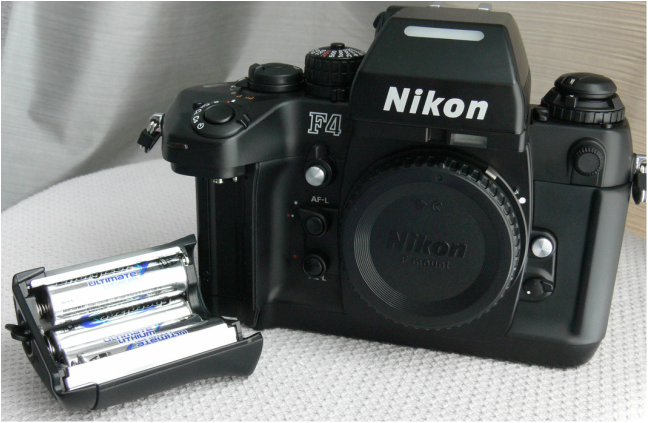 Nikon F4 w/ MB-20 Grip Loaded with Lithiums Nikon F4 w/ MB-20 Grip Loaded with Lithiums Updated June 11, 2022 Google the above question and be prepared for a merry-go-round of answers and opinions across forums and blogs. It is not the intent of this article to find fault with anyone or incite riots ;-). It is, hopefully, to provide some clarity, which is not so easy, seeing as Nikon itself changed its position from "NO, ABSOLUTELY NOT!!", and "DO IT AT YOUR OWN RISK. WE are NOT responsible for any damage that may occur"...to "alright, it's okay, if you must". Logically, this raises doubts and questions, questions that I wondered about when I purchased my own F4. Why did Nikon change its position? What, if any, risk would I be taking by using lithiums in mine? This article is the result of my investigation of this issue. The conclusion I came to may or may not sound reasonable to you. I hope it will be of some help to someone :-). Updated May 20, 2021 $250 - $350 USD. That's what it takes to have one of these beauties for your own nowadays (2020). For those of us who couldn't afford to own a pro-level camera back when the F3 & F4 were current, now is a golden opportunity to obtain a little slice of photographic history that is as usable as ever. If you have ever picked up one after holding a consumer-level body, there is simply no comparison (Yeah, they are that solid & heavy! Especially the F4! :-)). Even with F3 values rising again (and at a faster rate than the F4's), it still comes down to the attributes most important to you, the individual photographer, when making a choice between the two (if you can't have both, that is ;-)). It is the objective of this article to clearly delineate the differences between the F3 and F4 that could influence your decision-making process. So here we go... Updated Jan. 7, 2022 In 1976, Nikon found itself at a crossroads with its F-series of professional bodies. The F2 was at the peak of its domination of the market, with 125,000 sold in that year, the greatest annual total achieved by a single F model ever. Compare that to 36,000 Canon F-1s and around 8,000 Minolta XK/-1/Ms and clearly Nikon was sitting pretty with the mighty, mechanical F2. The problem was in coming up with its successor, the F3. The reason for this struggle was that Nikon had to try and balance its desire to make significant strides with the F3 and yet not alienate its customer base of professionals, a group not known for rapid acceptance of change ;-). Especially change involving more reliance upon electronics (where are you going to get batteries in the middle of a fire-fight in the jungle, or what happens if you miss a deadline because of a dead camera?). So here was the challenge: Maintain high reliability and quality while: 1) incorporating automatic operation, 2) making the camera easier and cheaper to build, and 3) convincing pros that it was worth upgrading to. Nothing to it, right? So how did Nikon do? And is the F3 for you? 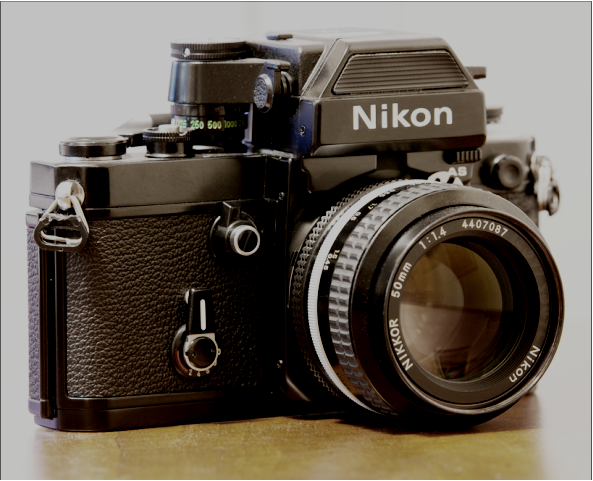 Nikon F2AS w/ DP-12 Finder Nikon F2AS w/ DP-12 Finder Updated Aug. 30, 2021 When Nikon introduced the F2 in the autumn of 1971, its predecessor, the Nikon F, was still in high demand. In fact, 1970 had seen the highest ever level of production for the F, with over 100,000 units made. Nikon had intended to cease F production with the deployment of the F2, but demand for the F proved so great that two years elapsed before they were able to discontinue it for good. That is quite a testament to the popularity of the F and is also indicative of the tendency of professional photographers to stick with what is familiar and trusted. A similar thing had happened with the F itself when Nikon wanted to cease production of its rangefinders in 1959. Demand by photographers doubtful of the newfangled SLR and comfortable with their rangefinder cameras caused Nikon to keep them in limited production until 1965. Now history was repeating itself. So how could the F2 possibly compete with its already legendary forebear? By being a better camera, that's how. How much better? Let's find out... 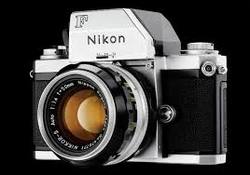 Nikon F w/ 50mm f/1.4 Auto Nikkor Nikon F w/ 50mm f/1.4 Auto Nikkor Updated July 25, 2019 Nikon has been in the SLR business since 1959. Which means there are plenty of choices as far as selecting a vintage camera body goes. Nikon initially marketed mostly to professionals. But in 1962 they entered the amateur market as well, and by 1979 they had three descending tiers: professional, enthusiast, and consumer which they maintain even today. Let's kick it off with the granddaddy of them all...the SLR that put Nikon on the map. |
C.J. OdenbachSuffers from a quarter-century and counting film and manual focus SLR addiction. Has recently expanded into 1980's AF point and shoots, and (gack!) '90s SLRs. He even mixes in some digital. Definitely a sick man. Categories
All
Archives
June 2024
|
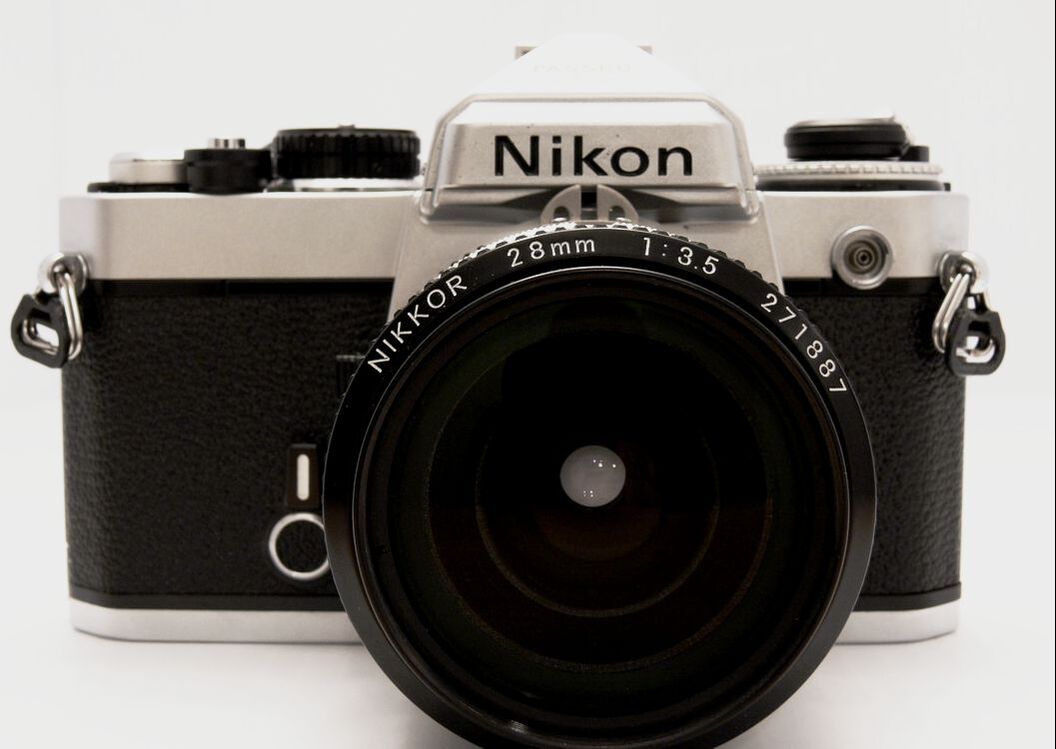
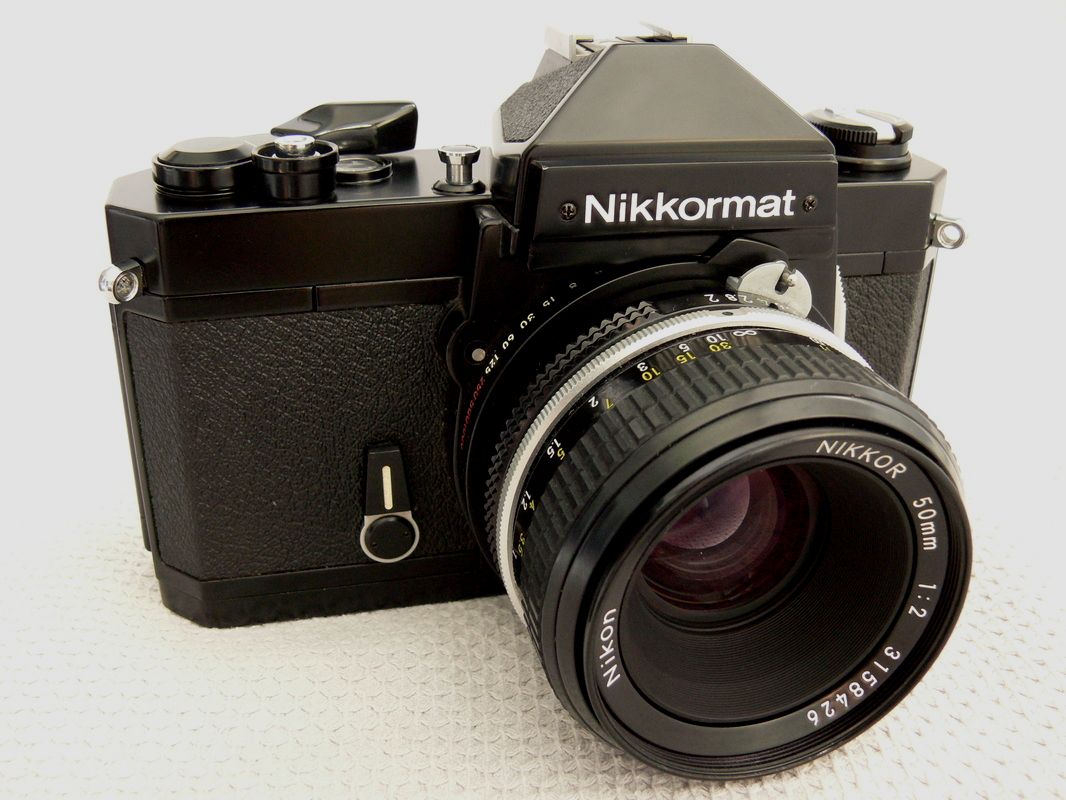
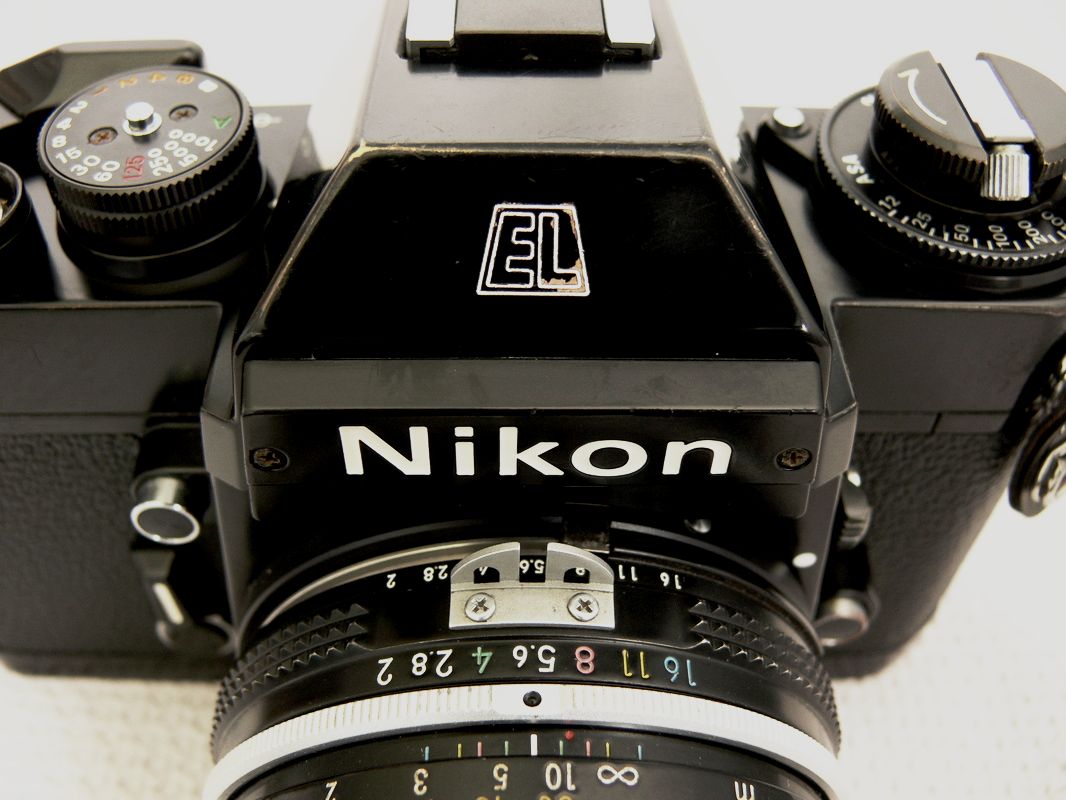
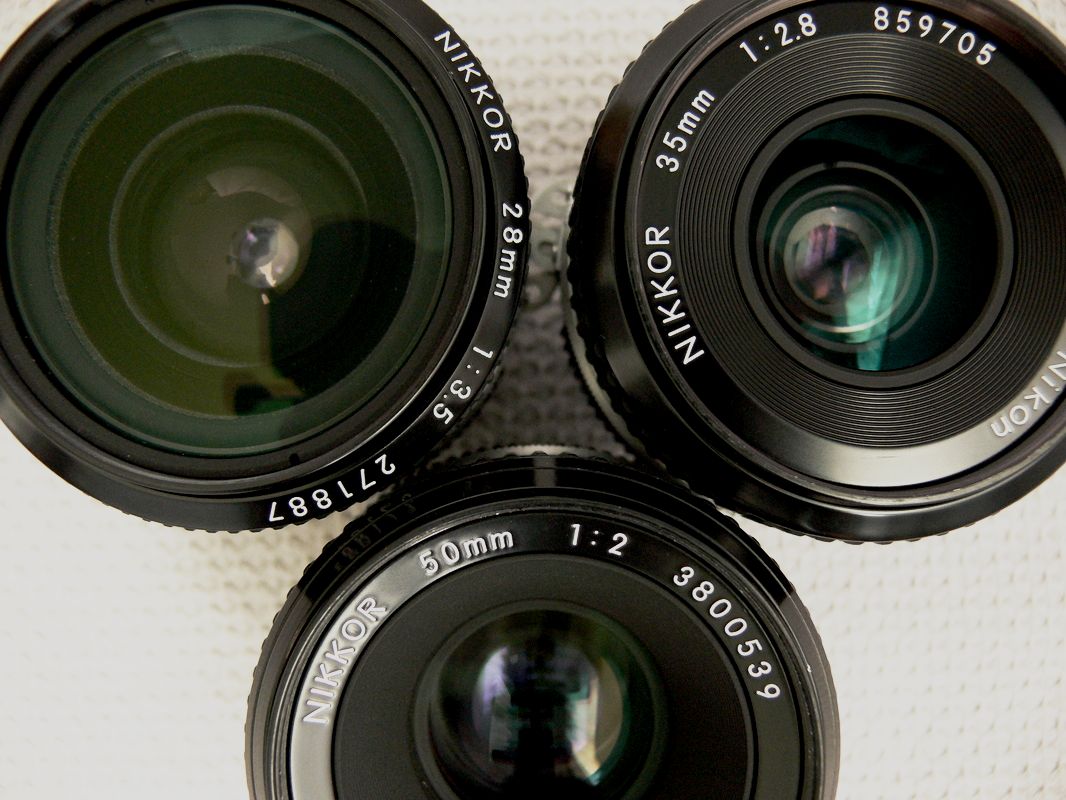
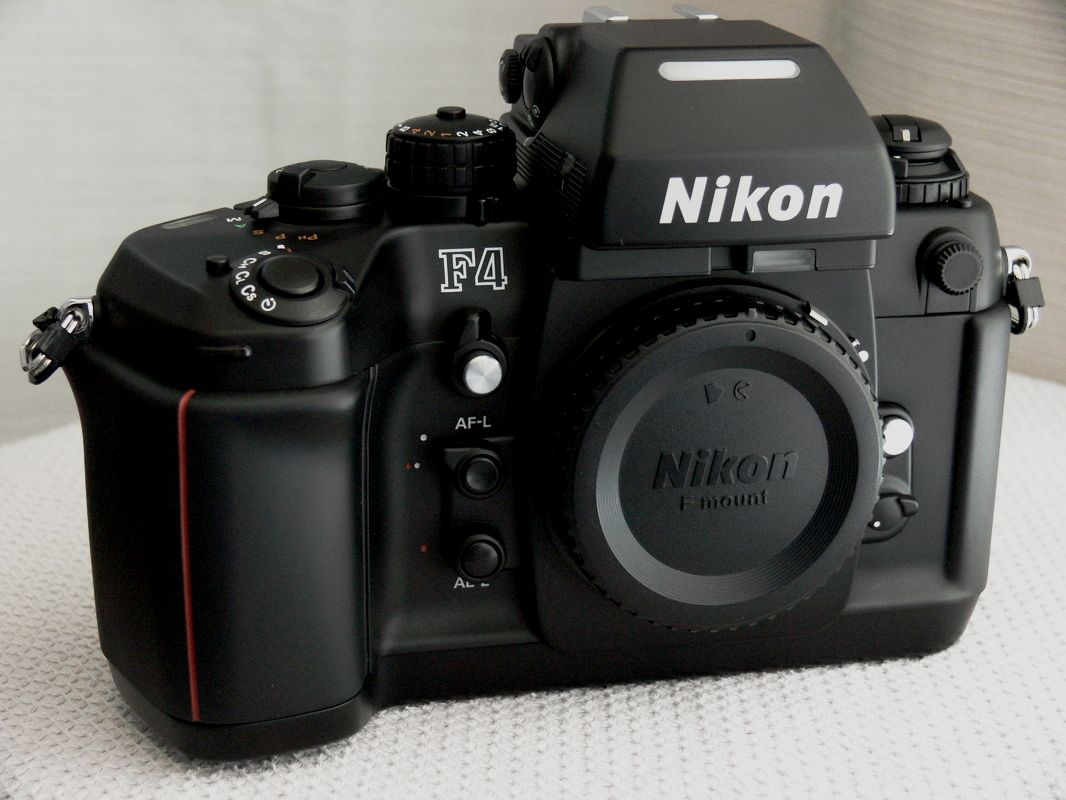
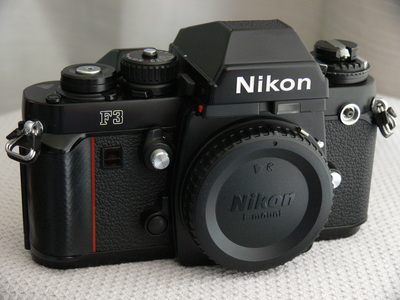
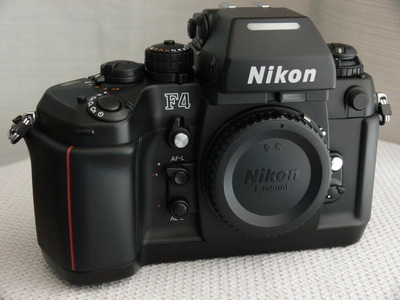
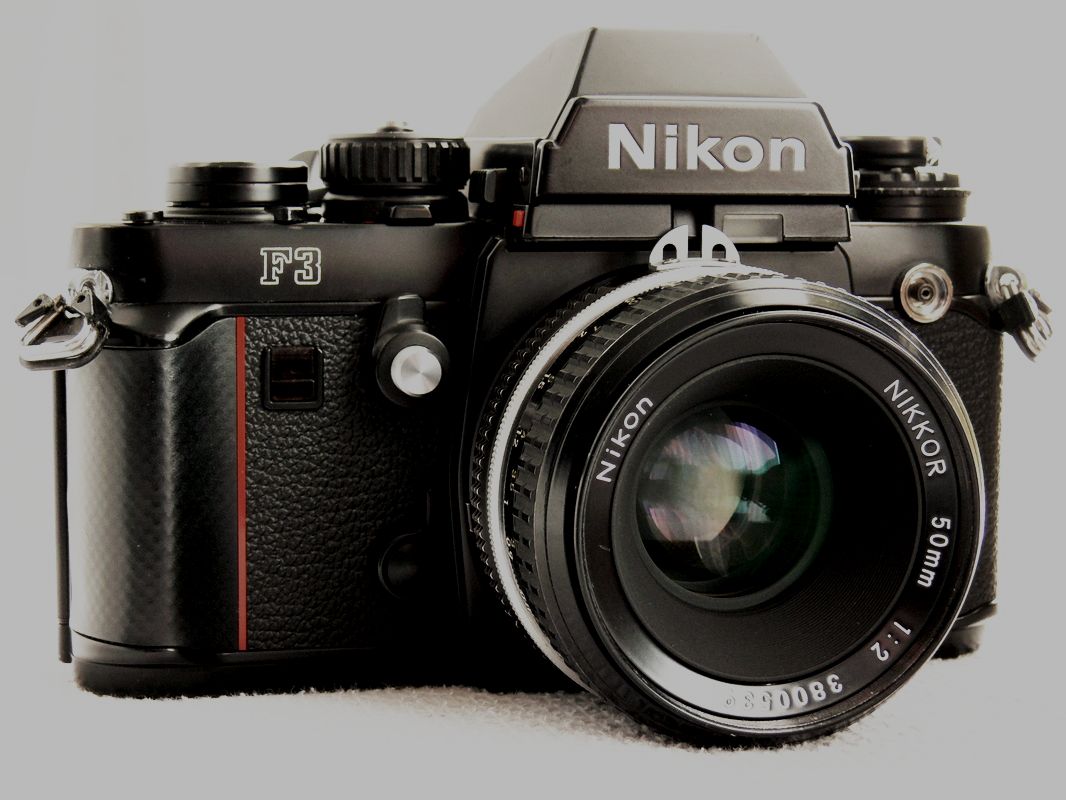
 RSS Feed
RSS Feed